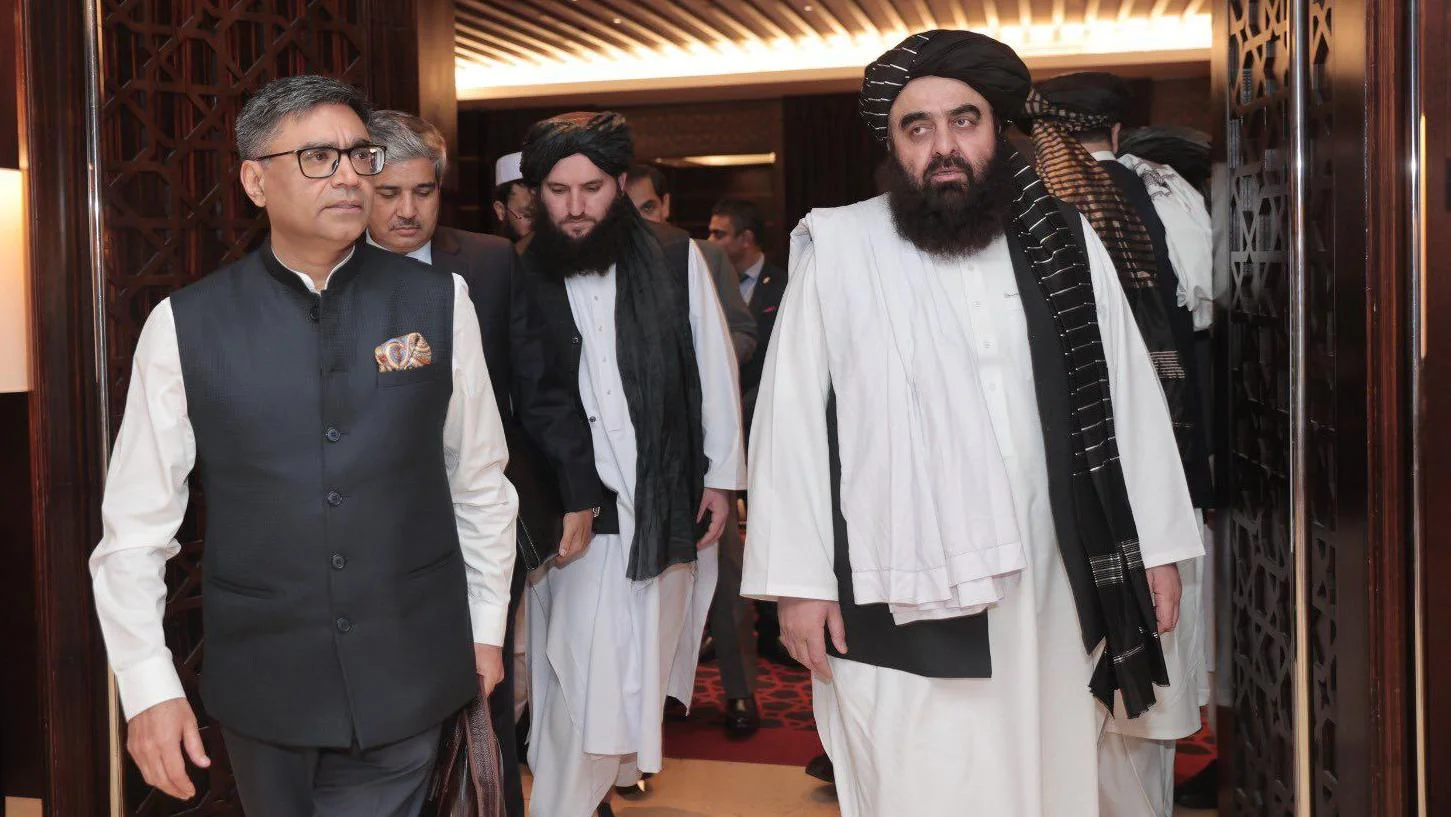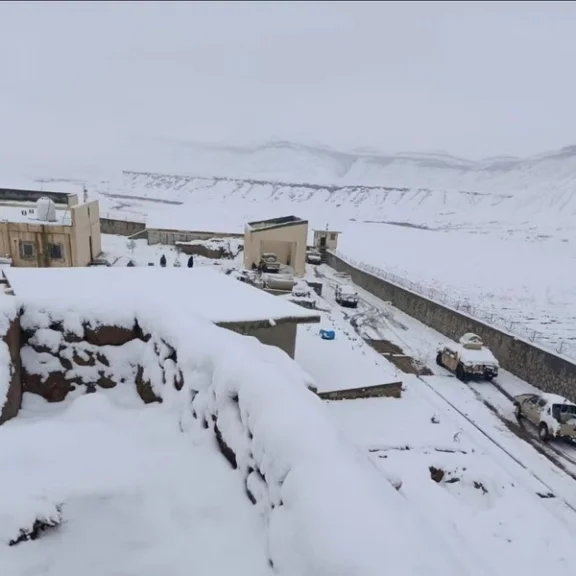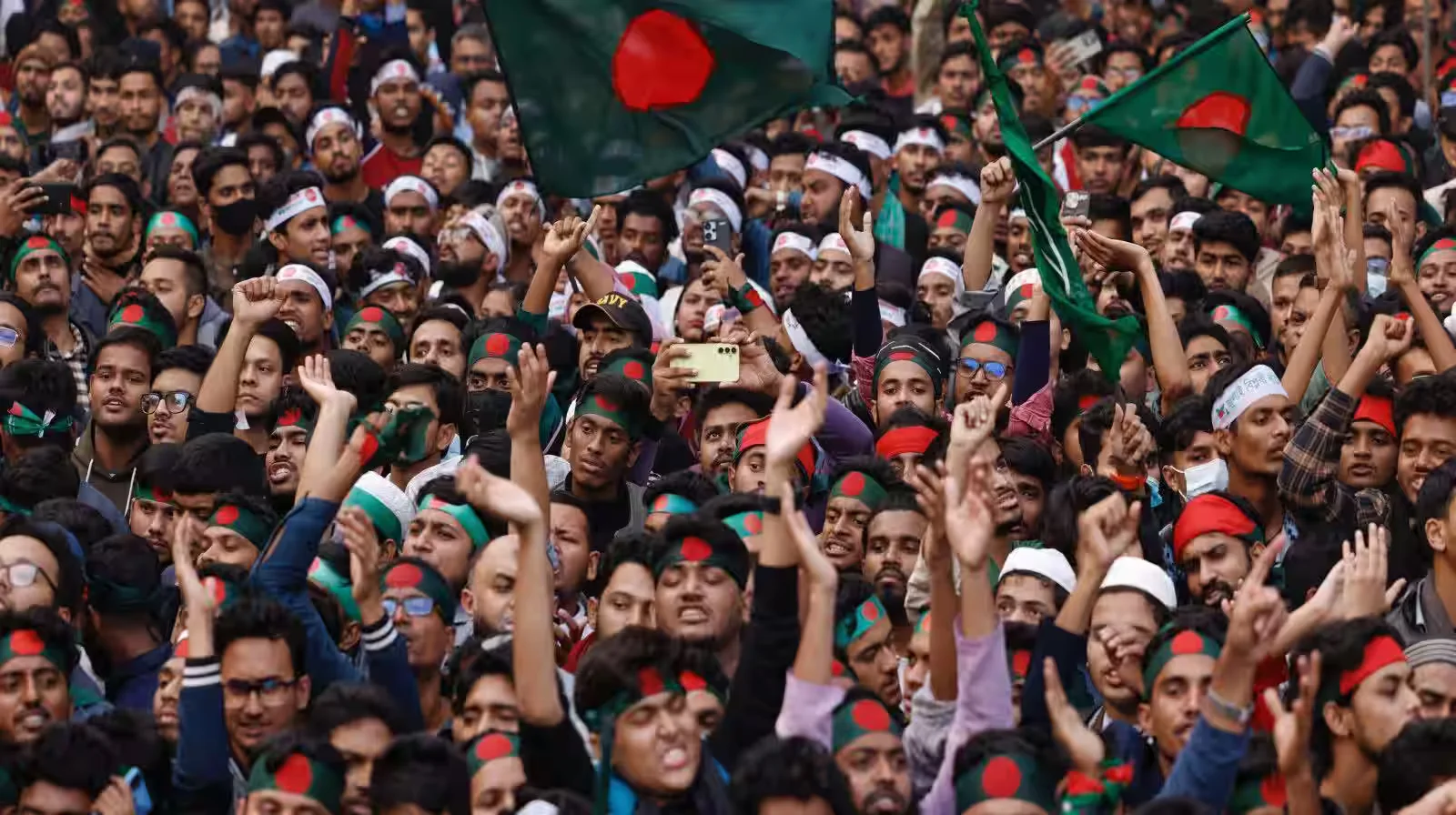The security architecture of South and Central Asia is undergoing a significant realignment, the implications of which are crystallizing along the Afghanistan-Pakistan border. Two recent, concurrent developments encapsulate this shift: the extended visit of Afghan Foreign Minister Amir Khan Muttaqi to India, signaling a new phase of formal diplomatic engagement, and a marked escalation in the operational capacity and frequency of attacks by the Tehreek-i-Taliban Pakistan (TTP) against the Pakistani state. To view these events as disconnected is to miss the emergence of a complex geopolitical dynamic. This dynamic is not merely a continuation of old rivalries but a reflection of new strategic calculations by Kabul, New Delhi, and Islamabad. It signals a fundamental recalibration of regional relationships, forcing Pakistan to confront a renewed and more intricate security dilemma, one that stems from the Taliban’s strategic hedging and India’s re-engagement in Afghanistan.
The resurgence of the TTP is the most immediate manifestation of this changing landscape. The increased lethality and sophistication of recent attacks, including large-scale assaults on military and police installations, suggest a qualitative evolution from a degraded insurgency to a resurgent asymmetric threat. This evolution is directly linked to the changed political realities in Afghanistan post-August 2021. The TTP now benefits from a permissive environment and sanctuary, which provides strategic depth for planning, recruitment, and logistical operations. The group’s access to abandoned NATO military hardware has demonstrably enhanced its combat effectiveness. The core analytical challenge lies not in identifying the TTP as the perpetrator, but in assessing the Afghan Taliban’s role in this operational resurgence. Their posture can be interpreted as a combination of ideological affinity, limited state capacity to police their territory, and, most critically, the strategic utility of the TTP as a foreign policy lever.
Simultaneously, the Afghan Taliban’s diplomatic outreach to India represents a multifaceted strategic decision, moving beyond a simple case of hedging. While the search for international legitimacy and economic diversification remains a core driver, Kabul’s calculus is now increasingly shaped by pressure from Islamabad and a corresponding need for a strategic counterweight. This shift is directly correlated with recent Pakistani policy decisions, notably the repatriation of Afghan refugees and a stringent crackdown on the cross-border smuggling that historically served as a vital economic lifeline for Kabul, both in the current era and during the 1996-2001 regime.
Faced with a severe constriction of its illicit revenue and foreign exchange sources, the Taliban regime appears to perceive instrumental value in the TTP’s activities as a tool to weaken Pakistani state control in the border regions, thereby attempting to re-establish a ‘soft border’ conducive to resuming illicit economic flows. In this context, engaging New Delhi, a significant ideological compromise, is an attempt to deter potential Pakistani cross-border military operations against TTP sanctuaries by creating a diplomatic entanglement with Islamabad’s primary adversary.
From India’s perspective, this engagement is a necessary, realpolitik-driven pivot. After the fall of the Ghani government, India faced the prospect of complete strategic exclusion from a country where it had invested significantly for two decades. Re-engaging with the Taliban allows New Delhi to pursue several of its core objectives. This policy is a continuation of India’s long-standing objective to prevent Afghanistan from falling exclusively within Pakistan’s sphere of influence. While this creates a security dilemma for Pakistan, particularly against a backdrop of heightened bilateral tensions since May 2025, for Indian policymakers it is a rational response to a fluid geopolitical environment, aimed at securing national interests.
This confluence of events places the intricate relationship between the Afghan Taliban and the TTP at the center of Pakistan’s policy challenge. The Taliban’s inaction against the TTP cannot be reduced to simple duplicity; it is a multifaceted issue. First, the deep-seated ideological and ethno-tribal links between the two groups, forged over decades of shared struggle, create internal political constraints on any potential crackdown. Second, the Taliban’s transition from an insurgency to a governing body is incomplete, and its ability to exert a uniform monopoly on violence across all of Afghanistan remains a valid question.
However, the most compelling analysis points to the TTP’s utility as an instrument of state policy, both for political leverage and economic coercion. By allowing the TTP to operate, the Afghan Taliban not only maintains a significant point of leverage over Pakistan on political issues like the Durand Line, but also actively pressures Islamabad to relax its economic grip on the border.
The broader geopolitical consequence is an intensified security dilemma for Pakistan. Islamabad is now confronted by a western neighbor that is simultaneously engaging with its primary eastern adversary while providing de facto sanctuary to a terrorist. For regional stakeholders like China, this instability is a source of considerable concern, as it directly threatens the security of the China-Pakistan Economic Corridor (CPEC) and its broader regional connectivity ambitions.
In conclusion, Pakistan is at a critical juncture requiring a fundamental reassessment of its Afghanistan policy. The existing paradigm, predicated on historical ties, has proven insufficient to secure Pakistan’s national interests. The unfolding situation is not a simple narrative of betrayal but a complex interplay of state actors pursuing their interests in a transformed regional order. The path forward for Pakistani policymakers necessitates moving beyond a reactive security posture. It requires developing a sophisticated, multi-pronged strategy that acknowledges the Taliban’s strategic hedging, counters India’s renewed influence, and effectively neutralizes the TTP threat through a combination of enhanced border security, economic pressure, and a robust diplomatic initiative aimed at highlighting the threat to regional stability posed by state-sanctioned asymmetric warfare.
Also See: Terrorism Beyond Borders: Why the TTP Threat Is Not Pakistan’s Alone






